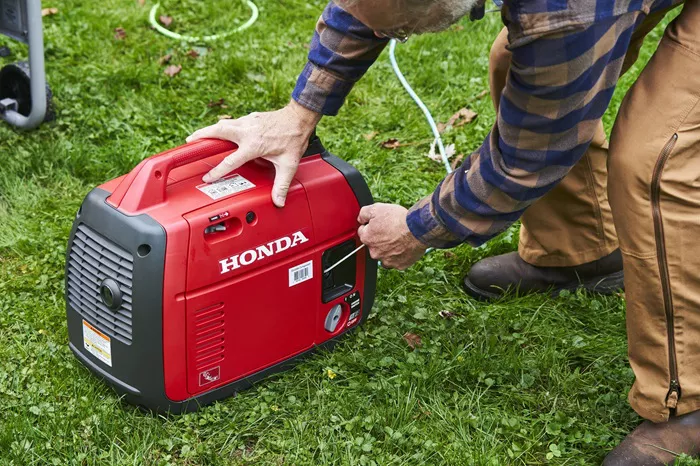Home generators are essential for providing backup power during outages, ensuring that your household remains functional when the grid fails. However, one common question homeowners ask is: How long can a generator run continuously? The answer depends on several factors, including fuel type, generator size, maintenance, and load capacity.
In this article, we’ll explore the different types of home generators, their runtime limitations, and best practices to maximize efficiency and lifespan.
Types of Home Generators & Their Runtime
Portable Generators
Portable generators are a popular choice for short-term power needs. They typically run on gasoline, propane, or diesel and are designed for intermittent use.
Gasoline Generators:
Average Runtime: 6–12 hours on a full tank (varies by load).
Limitations: Gasoline degrades over time, and continuous use may lead to overheating.
Best For: Emergency backup (8–10 hours max at 50% load).
Propane Generators:
Average Runtime: 10–24 hours (depending on tank size).
Advantages: Cleaner fuel, longer shelf life than gasoline.
Best For: Extended outages (but requires large propane storage).
Diesel Generators:
Average Runtime: 12–24 hours (high efficiency under heavy loads).
Advantages: More durable, better for continuous use.
Best For: Long-term backup (industrial or high-demand homes).
Standby Generators (Permanent Installation)
Standby generators are permanently installed and automatically kick in during a power outage. They usually run on natural gas or propane.
Natural Gas Generators:
Runtime: Unlimited (as long as gas supply is available).
Advantages: No refueling needed; connects directly to gas lines.
Best For: Whole-house backup (ideal for long outages).
Propane Standby Generators:
Runtime: 1–2 weeks (with a 500-gallon tank at 50% load).
Advantages: More stable fuel than gasoline.
Best For: Rural areas without natural gas access.
Factors Affecting Generator Runtime
Fuel Supply & Consumption
The most critical factor is fuel availability. A generator’s runtime depends on:
- Fuel tank size (larger tanks = longer runtime).
- Fuel efficiency (diesel is more efficient than gasoline).
- Load demand (higher wattage usage drains fuel faster).
Generator Size & Power Output
Undersized Generators:
If the generator is too small for the load, it will overwork, reducing runtime and lifespan.
Properly Sized Generators:
A generator running at 50–70% load will last longer than one at full capacity.
Maintenance & Cooling
Air-Cooled Generators:
Typically need rest periods after 12–24 hours to prevent overheating.
Liquid-Cooled Generators:
Can run continuously for days (common in standby models).
Environmental Conditions
High Temperatures: Reduce efficiency and increase wear.
Cold Weather: May cause fuel gelling (especially diesel).
Proper Ventilation: Prevents overheating and carbon monoxide buildup.
How to Maximize Generator Runtime
Use the Right Fuel
Gasoline: Add stabilizers if storing for long periods.
Propane: Store extra tanks for extended outages.
Diesel: Use anti-gel additives in cold climates.
Perform Regular Maintenance
- Change oil every 50–100 hours of use.
- Clean air filters and spark plugs.
- Inspect fuel lines for leaks.
Manage Power Load Efficiently
- Prioritize essential appliances (fridge, sump pump, medical devices).
- Avoid overloading the generator (check wattage ratings).
Allow Cooling Breaks (For Portable Units)
Shut down the generator every 12 hours for 30 minutes to cool.
Risks of Running a Generator Too Long
Engine Damage: Overheating can warp engine parts.
Fuel Depletion: Running out of fuel mid-outage can damage the generator.
Carbon Monoxide Poisoning: Poor ventilation can be deadly.
Conclusion
The continuous runtime of a home generator depends on its type, fuel source, and maintenance. While portable generators may last 6–24 hours, standby generators can run for days or even indefinitely with a steady fuel supply. By following these guidelines, you can keep your home powered safely and efficiently during extended outages. Would you like recommendations on specific generator models based on your home’s needs? Let us know in the comments!

